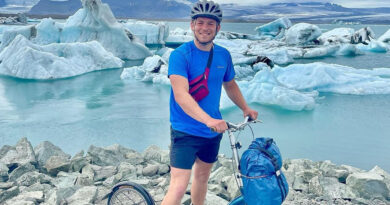NASA Rover Finds Evidence Of Megafloods Altering Mars Surface
New images from NASA’s Mars Perseverance Rover suggests that megafloods took place at the Jezero Crater on the Red Planet’s surface billions of years ago, moving giant rocks and forming large embankments.
NASA said in a statement released today, 8th October, that the new images at Jezero Crater will help piece together how liquid water helped shape the Martian surface billions of years ago.
Analysis of the high-resolution images was published in a paper titled ‘Perseverance rover reveals an ancient delta-lake system and flood deposits at Jezero crater, Mars’ in the journal Science yesterday, 7th October.
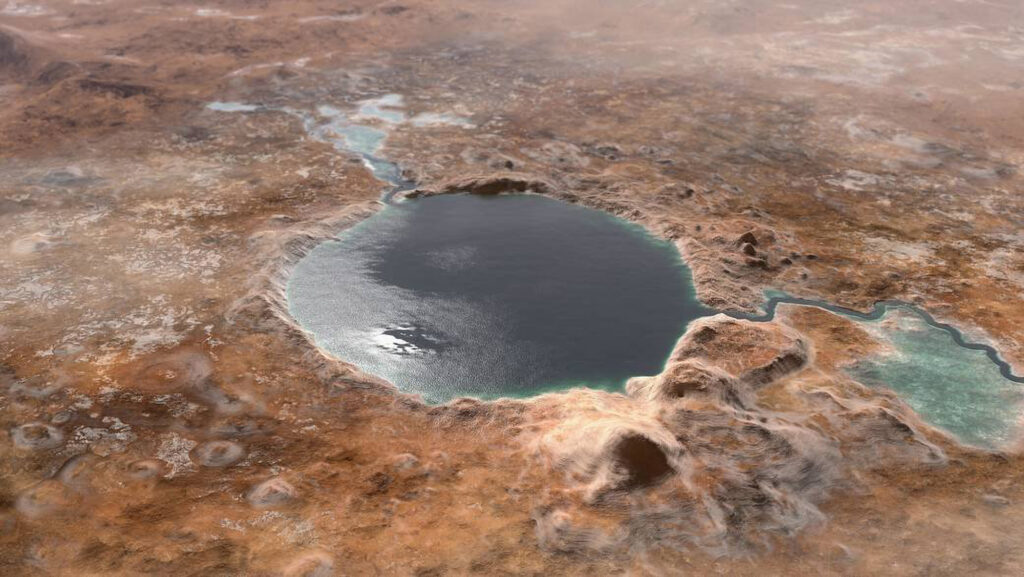
The rover landed on 18th February and has since been exploring the ancient lake and its surroundings looking for evidence of liquid water.
NASA said the most recent images “reveal that billions of years ago when Mars had an atmosphere thick enough to support water flowing across its surface, Jezero’s fan-shaped river delta experienced late-stage flooding events.”
These floods are believed to have carried rocks and debris into it from the highlands located well outside the crater.
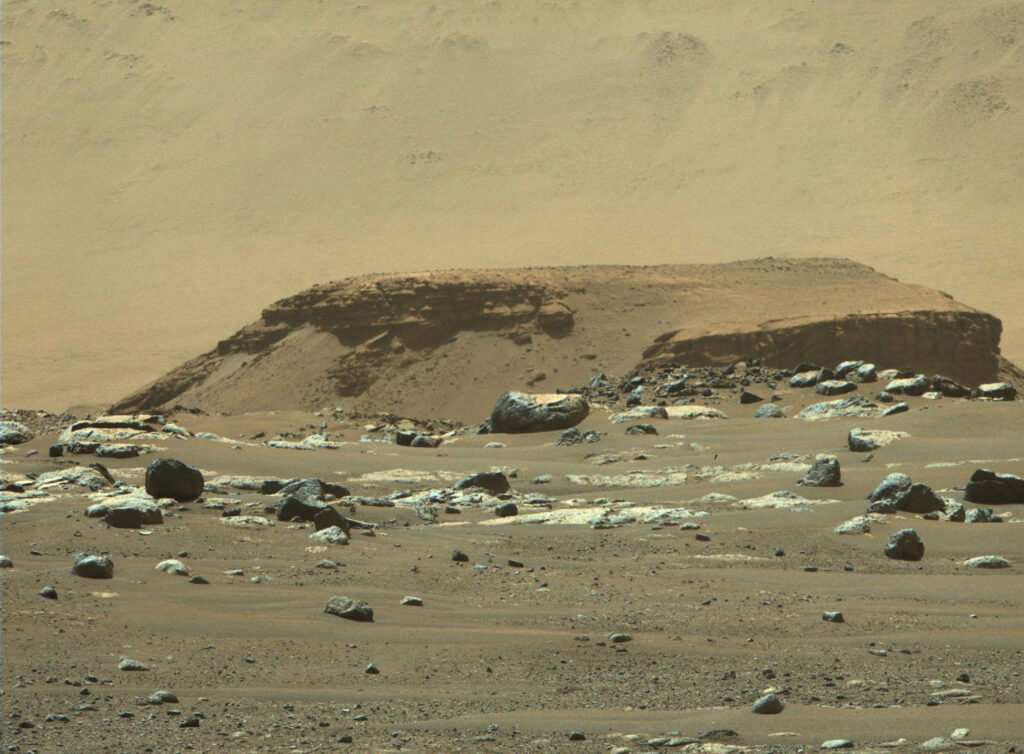
The floods created long, steep slopes known as scarps which are marked in the images analysed in the paper.
Nicolas Mangold, a Perseverance scientist and lead author of the paper, said: “We saw distinct layers in the scarps containing boulders up to 5 feet (1.5 meters) across that we knew had no business being there.”
A slow-moving waterway that fed into the delta must have been transformed by fast-moving floods, explained Mangold.
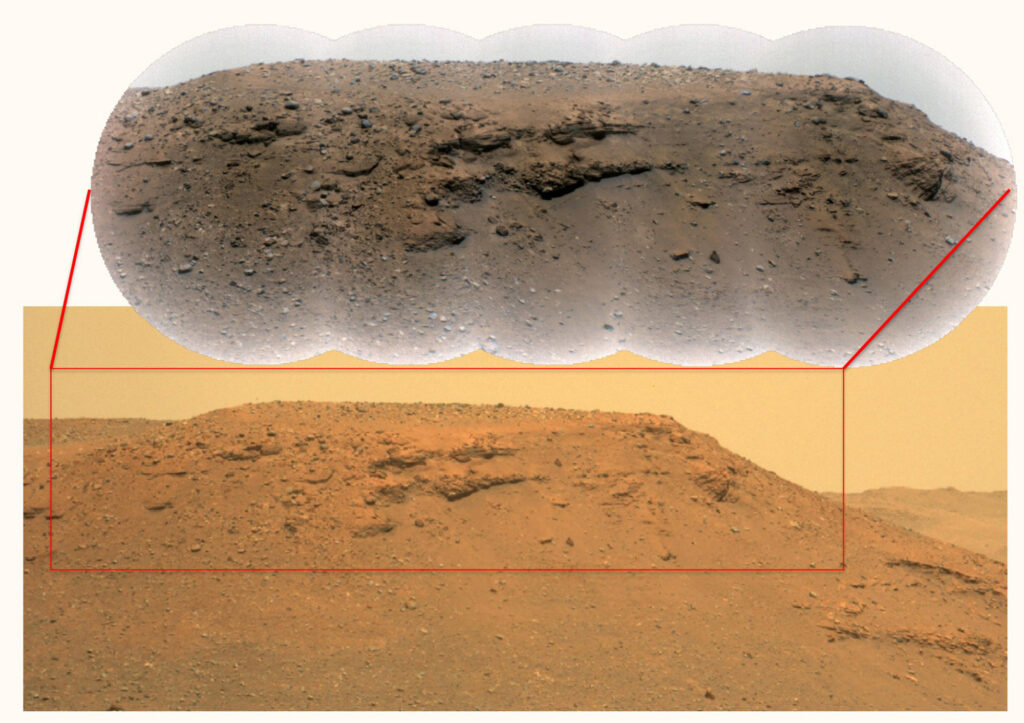
The study estimated that a torrent of water needed to transport the boulders would have to travel at speeds ranging from 6 to 30 kph (4 to 26 mph).
The rover team has long planned to visit the delta because of its potential for harbouring signs of ancient microbial life.
Mangold added: “Never before has such well-preserved stratigraphy been visible on Mars.
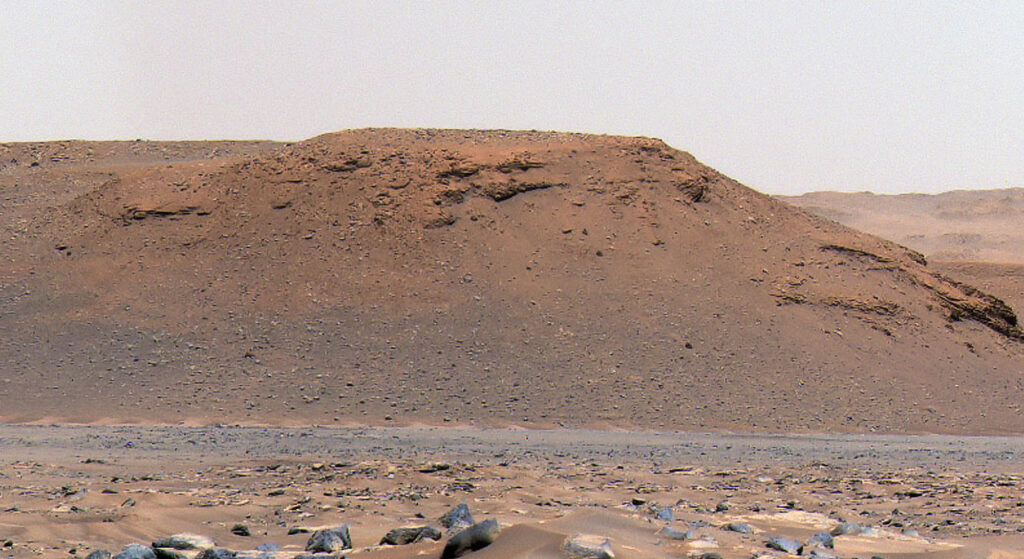
“This is the key observation that enables us to once and for all confirm the presence of a lake and river delta at Jezero. Getting a better understanding of the hydrology months in advance of our arrival at the delta is going to pay big dividends down the road.”
Sanjeev Gupta, a Perseverance scientist from Imperial College and co-author of the paper, said: “A better understanding of Jezero’s delta is a key to understanding the change in hydrology for the area.”
He added that the information provide “valuable insights” into why the entire planet dried out.
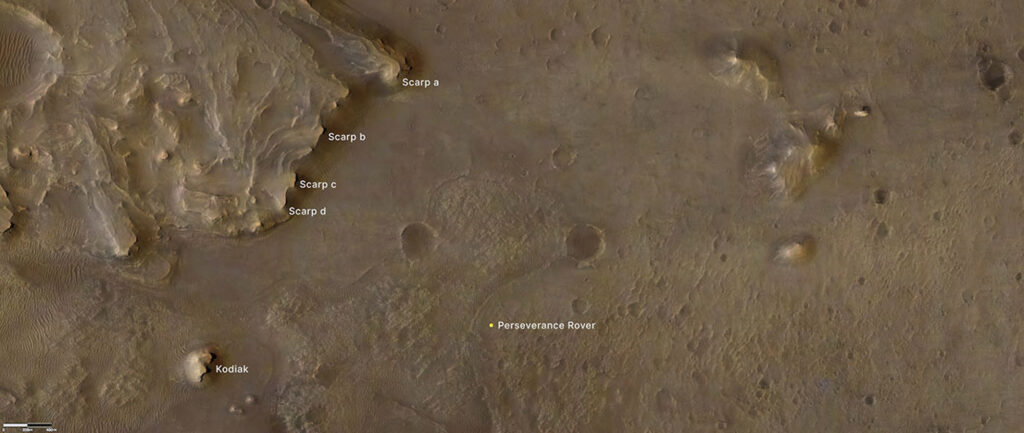
The rover’s mission is expected to continue for over a decade and at some point in 2030, it will be sent back to Earth carrying 30 rock and soil samples in sealed tubes that will then be analysed.
Amy Williams, a NASA astrobiologist, said that finding clear proof that Mars once harboured life would be one of the most “profound” scientific discoveries ever made.
She added that having the opportunity to witnesses the discovery of a Martian river system has been “eye-opening” as it’s not something anyone in the past has experienced.



